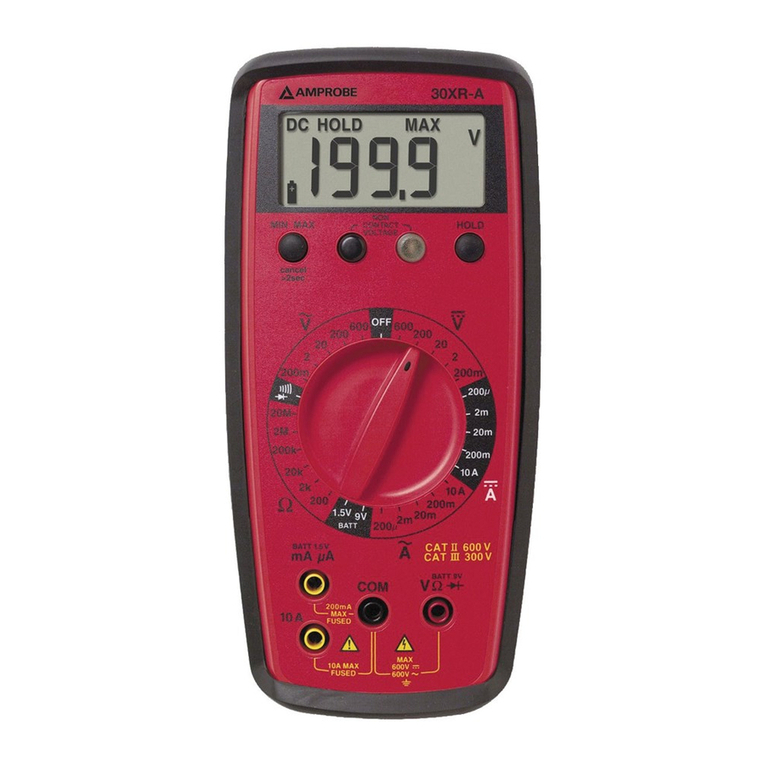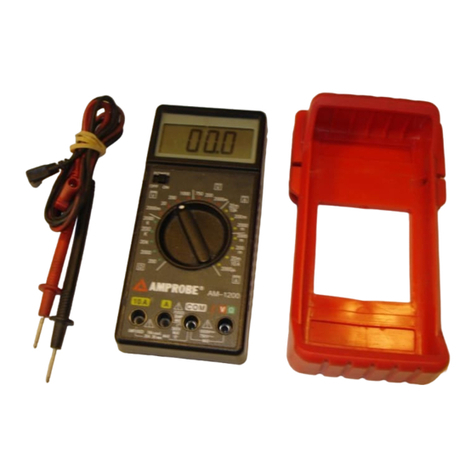Amprobe AC75 User manual
Other Amprobe Multimeter manuals

Amprobe
Amprobe AM-520-EUR User manual
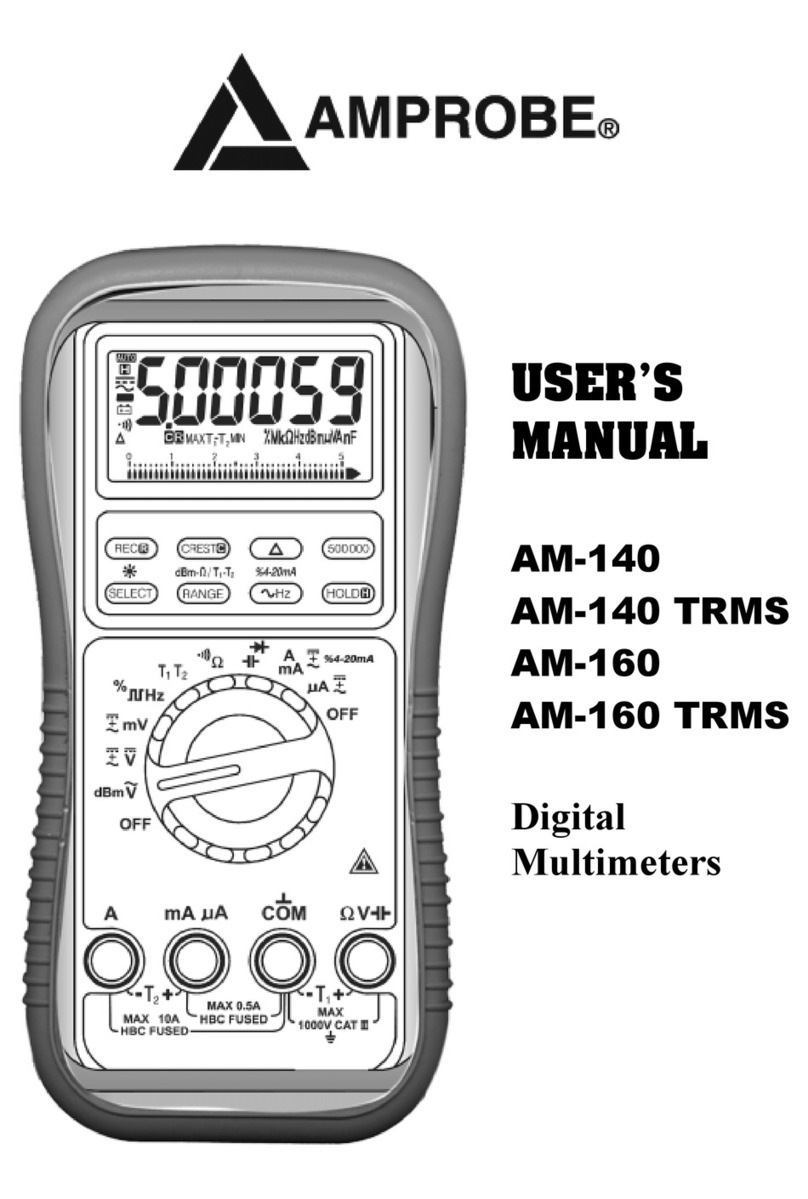
Amprobe
Amprobe AM-140 User manual
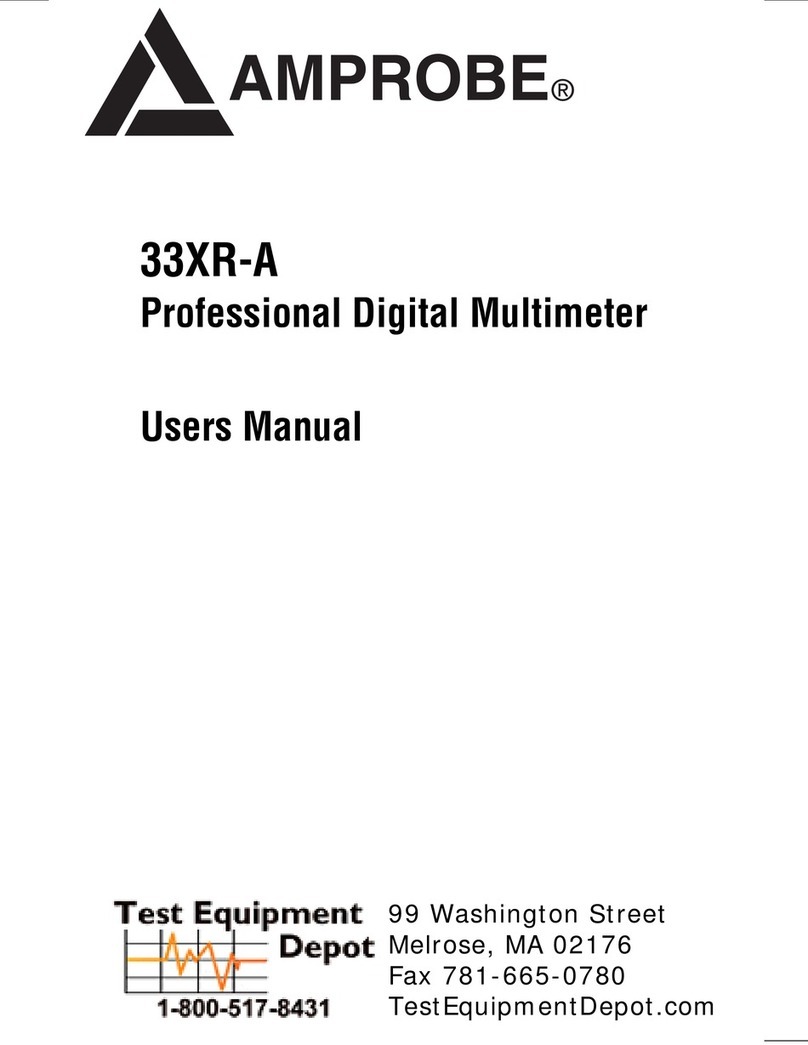
Amprobe
Amprobe 33XR-A User manual

Amprobe
Amprobe HD160C User manual

Amprobe
Amprobe AM-52 User manual
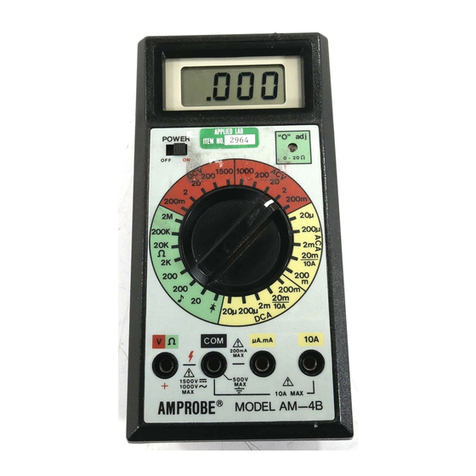
Amprobe
Amprobe AM-4B User manual

Amprobe
Amprobe ACD-14-PRO User manual

Amprobe
Amprobe CR50A User manual
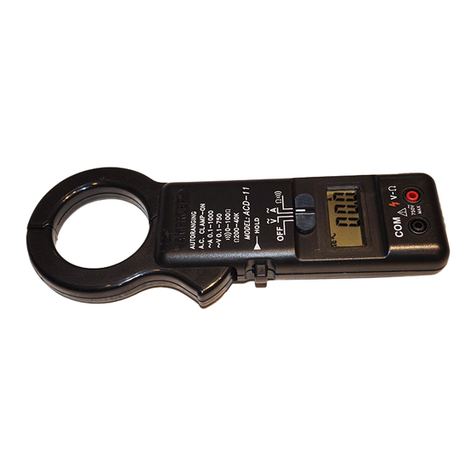
Amprobe
Amprobe ACD-11 User manual

Amprobe
Amprobe AM-6B User manual

Amprobe
Amprobe AM-500 User manual

Amprobe
Amprobe ACDC-3000 User manual
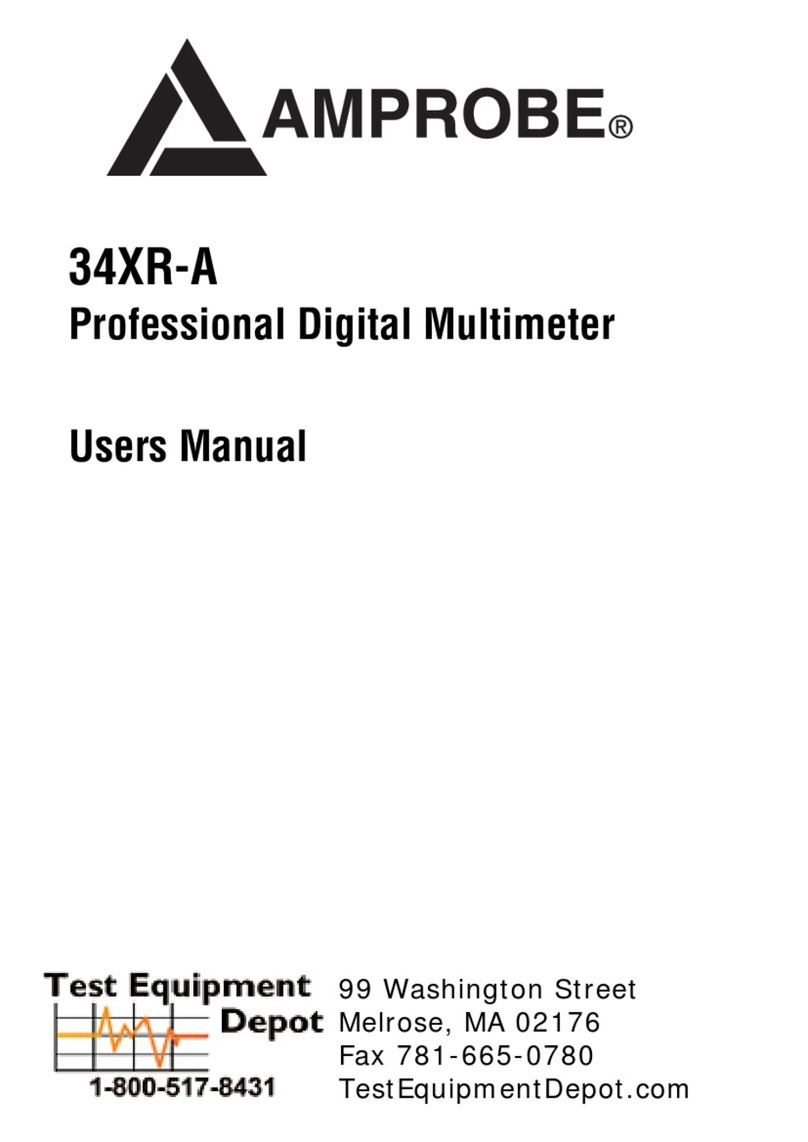
Amprobe
Amprobe 34XR-A User manual

Amprobe
Amprobe AM-500 User manual

Amprobe
Amprobe AU92 User manual

Amprobe
Amprobe ACD-14 PLUS User manual
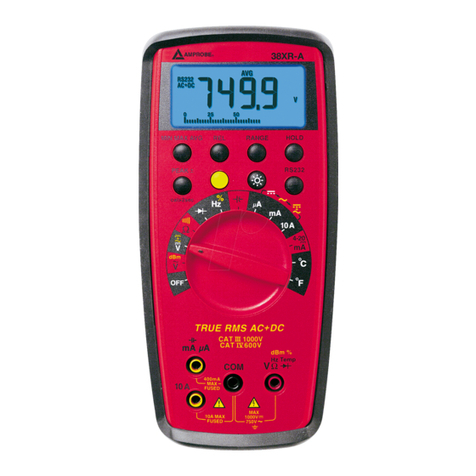
Amprobe
Amprobe 38XR-A User manual

Amprobe
Amprobe Hexagon 60 User manual
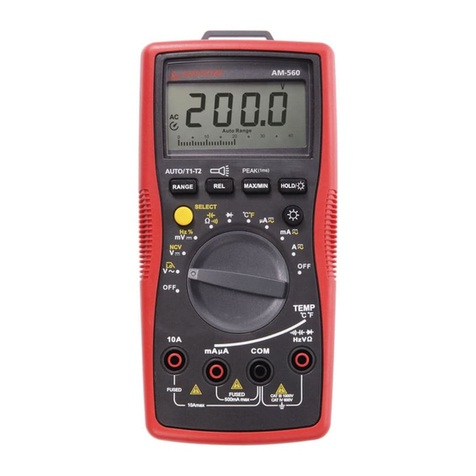
Amprobe
Amprobe AM-560 User manual

Amprobe
Amprobe CDM-1 User manual
Popular Multimeter manuals by other brands

Gossen MetraWatt
Gossen MetraWatt METRAmax 6 operating instructions

PeakTech
PeakTech 4000 Procedure of calibration

YOKOGAWA
YOKOGAWA 90050B user manual

Gossen MetraWatt
Gossen MetraWatt METRALINE DMM16 operating instructions

Fluke
Fluke 8846A Programmer's manual

Tempo Communications
Tempo Communications MM200 instruction manual


